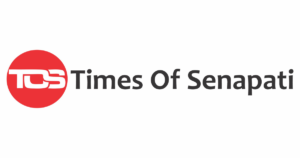NEW DELHI, July 8: In a historic first, citizens across India will be able to participate in the upcoming national Census by self-enumerating through a specially developed web portal. This marks a major shift towards digitisation in the 16th nationwide enumeration exercise—and the eighth since Independence.
According to officials, the Census will be conducted in two phases: Houselisting and Housing Census (HLO) beginning April 1, 2026, followed by Population Enumeration (PE) from February 1, 2027. For the first time, both these phases will include an option for people to fill out their own data online using a dedicated digital platform.
Enumerators will also use mobile applications on Android and iOS devices to collect data, transmitting it directly to a central server. Officials said the move would improve speed, accuracy, and security, and ensure early availability of critical population data.
“This is a transformational step towards modernising the Census process,” a senior government official said. “It will be the first time citizens can take part in the process directly and securely through self-enumeration.”
To safeguard privacy and prevent data misuse, stringent cybersecurity measures will be implemented at every stage—from collection to transmission to storage. Citizens will also be able to access the portal during both phases to verify or enter their data.
The Registrar General and Census Commissioner of India, Mritunjay Kumar Narayan, has issued a letter to all states and Union Territories to finalise any proposed changes in administrative boundaries (such as districts, sub-districts, and police stations) by December 31, 2025, as boundaries must be frozen three months before enumeration begins.
For regions like Ladakh, Jammu & Kashmir, and snowbound areas of Himachal Pradesh and Uttarakhand, different reference dates will apply—October 1, 2026, while the rest of the country will follow March 1, 2027, as the reference date for data.
The Census will also include caste enumeration, providing comprehensive demographic insights for policy planning and welfare schemes. A three-tier training structure involving national, master, and field trainers has been put in place to prepare over 34 lakh enumerators and supervisors for the task.

